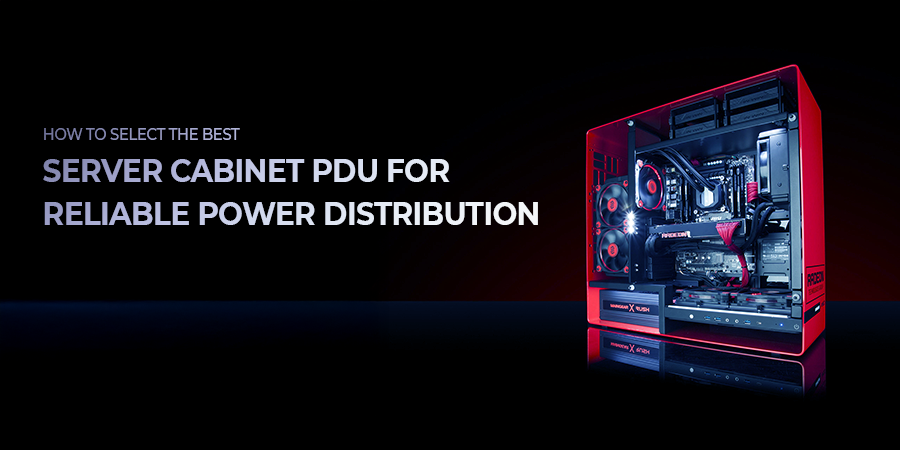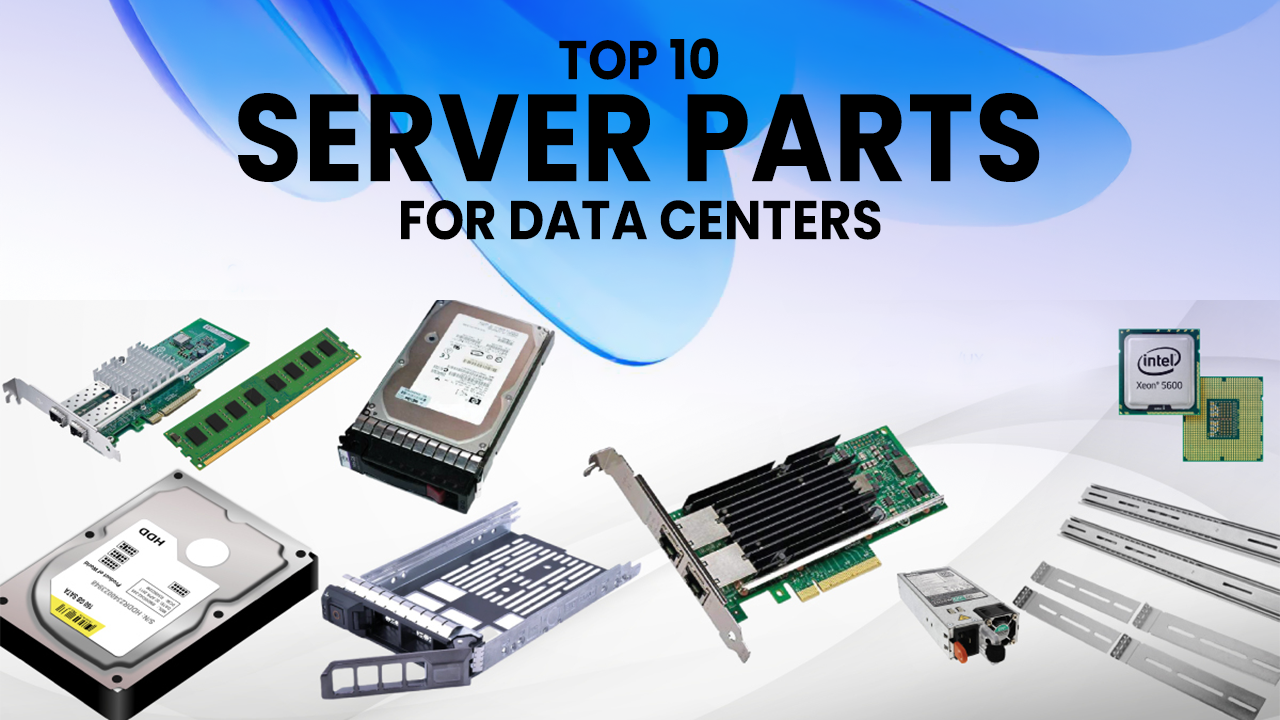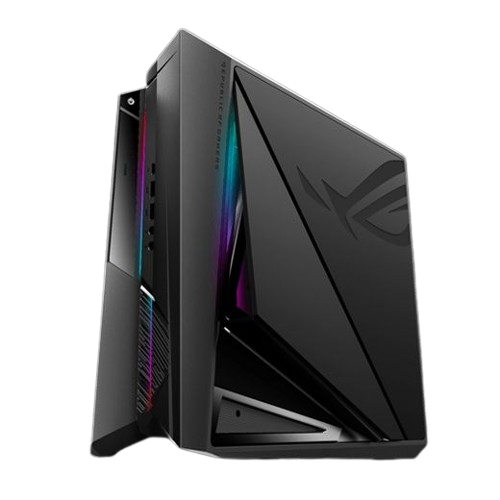How to Select the Best Server Cabinet PDU for Reliable Power Distribution

Server Tech Central
7/22/2025

In today's digital landscape, data centers and server rooms are the backbone of businesses. With the latest digitalization, enterprises now incorporate advanced hardware, integrated software, and AI accelerators that require relatively more power consumption. Such environments require an intelligent and reliable core to provide power, and that’s where server cabinets (PDUs) come in.
Power Distribution Units (PDUs) are devices that distribute electrical power to various IT equipment, such as servers, storage systems, and networking devices. They act as a central point for managing and distributing power from a primary source to multiple outlets. They also ensure that each piece of equipment receives the necessary power to operate.
Server Cabinet PDUs are also designed to provide a smooth flow of electrical power for uninterrupted operations. Eventually, it keeps your space free from the clutter of cables and wires.
Let's dive deep into the features, functionality, working principles, and key selection factors of server cabinet PDUs.
Understanding PDUs and Their Types
A Power Distribution Unit (PDU) is more than just a multi-outlet strip for your server rack, especially in enterprise-grade environments. PDUs range from basic units to brilliant systems, designed to optimize power delivery, monitoring, and control:
Basic PDUs: They simply distribute power to multiple outlets and do not provide any monitoring. Ideal for homes with basic power consumption needs.
Metered PDUs: Offer local metering at the inlet or outlet, allowing you to track power usage and prevent overloads. They provide real-time monitoring and present data on local displays.
Monitored PDUs: Add network connectivity for remote metering via SNMP or HTTP. This remote monitoring helps tackle power issues without requiring site visits.
Switched PDUs: Enable remote power cycling of individual outlets along with power monitoring.
Intelligent (iPDU/Smart PDU): Combine metering, switching, environmental sensors, firmware updates, alarms, secure access, and API/DCIM (Data Center Infrastructure Management) integration. They are equipped with advanced management tools for complete remote visibility and control.
What is a Server Cabinet PDU
Cabinet PDUs (sometimes referred to as cabinet-level PDUs) are specialized units designed to deliver high-current power across multiple racks. They're differentiated from slim “Zero-U” vertical PDUs by including built-in circuit breakers, bus bars, and power monitoring panels. Unlike the simple power strips, they provide real-time monitoring and analytics about power consumption or utility.
This data is further used to evaluate power issues. These PDUs are essential for large-scale deployments where reliability, redundancy, and power capacity are critical.
Features of Server Cabinet PDUs
The primary features of these PDUs include:
Efficient Power Distribution: They efficiently deliver power from a single input to multiple connected devices within the rack.
Voltage and Current Ratings: These PDUs are available in various input voltages (120V, 208V, 230V, and 400V) and amperage capacities, tailored to meet the specific needs of data centers.
Outlet Configurations: Multiple outlet types (IEC C13, C19, NEMA) and quantities to match server and device power plugs.
Load Monitoring (Metered/Monitored PDUs): Displays real-time load at the inlet, circuit, or outlet level to prevent overloads and optimize capacity.
Moreover, they protect connected equipment from electrical faults, surges, and short circuits. These PDUs also support A/B power feeds for mission-critical equipment, ensuring uptime during failures.
What is the difference between a Cabinet and a Rackmount PDU?
The significant difference between a cabinet PDU and a rack-mount PDU lies in their mounting style and placement within the rack and cabinet.
Features | Server Cabinet PDU | Rackmount PDU |
Mounting | Installed vertically (also known as floor-standing units) on the side or rear inside the server cabinet | Mounted horizontally within a single rack |
Purpose | Distributes power to multiple racks | Distributes power to the IT equipment within a rack |
Space-Saving | A zero U footprint preserves space for IT equipment. | Occupies usable rack space |
Ideal For | High-density environments require maximizing usable rack space. | Suitable for smaller setups, these network racks are ideal. |
Capacity | Accommodates more outlets | Fewer outlets than vertical PDUs |
Key Factors to Consider While Choosing a Server Cabinet PDU
Power phase and voltage: Identify whether you need a single-phase (120/208 V) or three-phase (208/400 V) input.
Current capacity: Calculate total load (in kW or amperes) and add at least a 10–20% margin to avoid overload.
Outlet type and count: Match socket types (e.g., IEC C13/C19, NEMA L6-20) to your equipment needs, considering future growth requirements.
Monitoring & control needs: If you require remote monitoring, opt for metered and monitored PDUs.
Network & DCIM integration: Features like IP consolidation and DCIM API support streamline remote management.
Compliance & safety: Look for UL, RoHS, IEC61557-12, and other relevant certifications, especially for intelligent/cabinet PDUs.
Software/management ecosystem: Brands with strong ecosystems (DCIM, API tools, firmware support) tend to simplify large deployments.
Common Mistakes to Avoid When Selecting a PDU
Choosing the wrong phase or voltage mix: Mixing phases across a rack can lead to mismatches and circuit overloads.
Overlooking future scalability: Many wings only realize too late that outlet count or power ratings are insufficient.
Opting for consumer-grade PDUs in enterprise racks: These lack essential features such as capacity, safety, and management features.
Ignoring management/security features: Missing out on network consolidation, firmware updates, and secure SNMP can hamper operations.
Choosing outlets without redundancy: Use dual PDUs backed by separate power sources to prevent single-point failures.
Recommended Industry Best Practices
Dual PDUs per rack: Ensure high availability via redundant power paths.
Topology planning: Avoid daisy-chaining; distribute load evenly.
Intelligent PDU deployment: For critical systems, use switched and metered PDUs for remote troubleshooting.
Regular auditing: Track capacity and usage trends to prevent overloads before they occur.
Top Brands and PDU Models in the Market
Schneider Electric APC Rack PDU: Reliable remote monitoring and outlet control, DCIM integration, sleek build—a great all-around option.
Eaton ePDU G3 Metered Input: Billing-grade metering, remote monitoring, and robust design—perfect for precise capacity planning.
Vertiv Geist Intelligent Rack PDU: Remote insights, outlet-level control, and scalable modular design—built for reliability.
Raritan PX4 Smart PDU
High-accuracy metering, advanced metrics (harmonics, THD), and secure APIs—top-tier for performance-focused environments.
Final Thought:
Selecting a PDU isn’t just a decision; it’s a strategic investment in power reliability, uptime, cost management, and future growth. Basic PDUs are suitable for simple setups, but for mission-critical infrastructure, intelligent PDUs (especially switched and metered models) deliver unmatched control, visibility, and resilience.
Choosing the right solution depends on your infrastructure’s power demands, management needs, and growth plans. That’s where servertechcentral comes in—offering a curated selection of high-performance PDUs from trusted manufacturers to match diverse IT environments.





